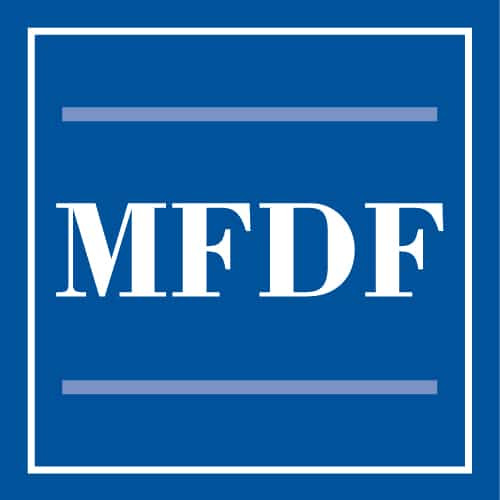Risk Alert Identifies Deficiencies in Compliance Programs, Board Practices
The SEC’s Division of Examinations released a Risk Alert based on examinations of more than 50 fund complexes, highlighting risk areas in compliance programs and practices. The exams focused on funds and/or their advisers that fell into one or more of the following six categories: (1) index funds that track custom-built indexes; (2) smaller ETFs and/or ETFs with little secondary market trading volume; (3) mutual funds with higher allocations to certain securitized investments; (4) mutual funds with aberrational underperformance relative to their peer groups; (5) mutual funds managed by advisers that are relatively new to managing such funds; and (6) advisers that provide advice to both mutual funds and private funds, both of which have similar strategies and/or are managed by the same portfolio managers. The alert focused on the effectiveness of the compliance policies and procedures of the funds and their advisers to address certain risks – e.g., in disclosures, portfolio management compliance, and conflicts of interest – and the efficacy of the oversight of funds’ compliance programs by funds’ boards. The staff also looked at fund governance practices, particularly as they relate to the deliberative processes utilized by funds and boards when overseeing compliance programs. The staff identified several issues with funds’ policies and procedures for board oversight of the funds’ compliance programs, including funds that did not:
- Have appropriate policies, procedures and processes for monitoring and reporting to their boards with accurate information, such as information regarding: (1) fees paid by the funds to financial intermediaries and other service providers for providing shareholder services; (2) the type of services provided by service providers; (3) pricing exceptions under the funds’ valuation policies and procedures; (4) adviser’s recommendation whether a fund’s liquidation may be in the best interests of the fund and its shareholders; and (5) portfolio compliance with senior securities and asset coverage requirements.
- Provide appropriate processes as part of the respective fund board’s annual review and approval of the fund’s investment advisory agreement under Section 15(c) regarding the board’s considerations as to whether the adviser has any financial condition that is reasonably likely to impair its ability to meet its contractual commitments to clients.
- Complete required annual reviews of the funds’ compliance programs that address the adequacy of policies and procedures and effectiveness of their implementation.
- Ensure that the annual report from the respective fund’s chief compliance officer addressed the operation of the policies and procedures of the fund’s adviser, including whether the adviser had policies and procedures in specific risk areas.
- Adopt or maintain appropriate policies and procedures for the funds’ boards to exercise appropriate oversight in instances where the funds’ delegated responsibilities to their advisers that were not reflected in the advisers’ compliance programs.
The Risk Alert also focused on specific areas, including valuation, and identified inadequate policies and procedures around:
- Maintaining an adequate compliance program for valuation of portfolio securities, including processes, controls, or both, that provide for due diligence and oversight of pricing vendors that provide evaluated prices for portfolio holdings for purposes of calculating the funds’ daily net asset values; and
- Maintaining appropriate policies, procedures and/or controls for valuation of portfolio securities, including provisions that address potential conflicts and issues, such as where portfolio managers are permitted to provide input – as voting members of the valuation committee – on prices of securities in funds they managed.
